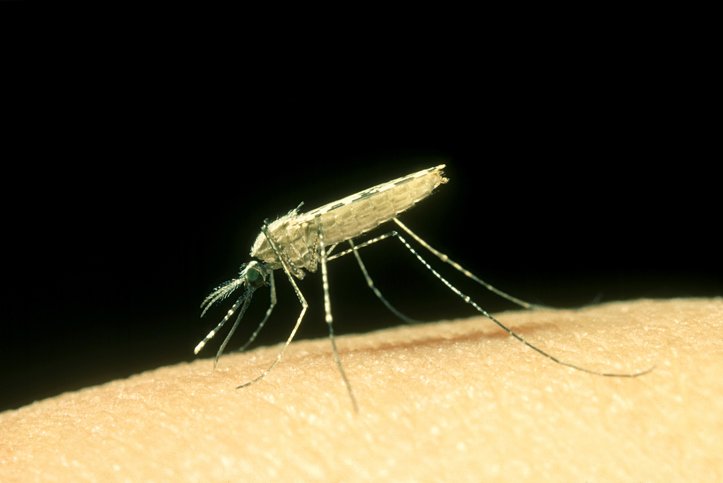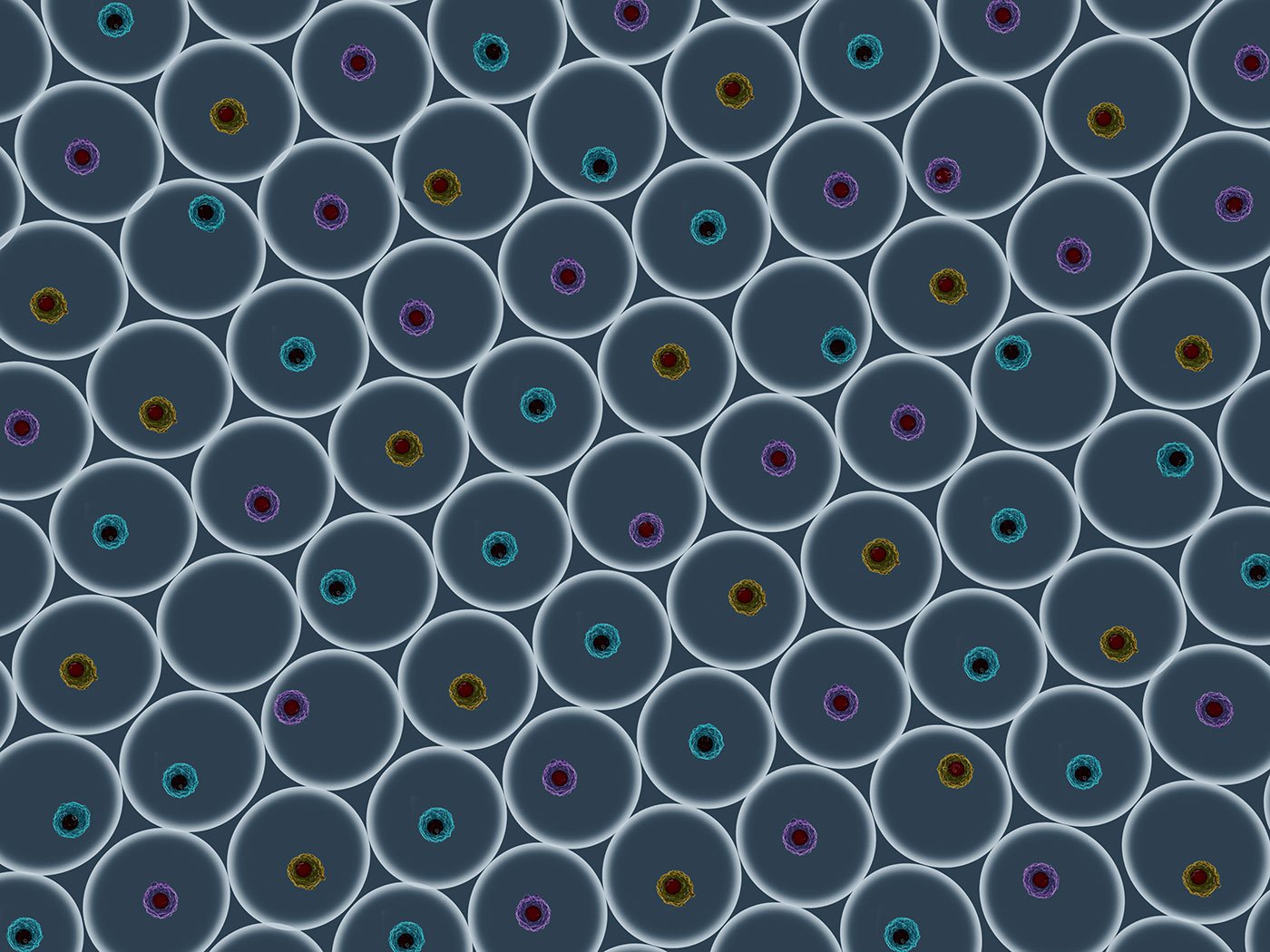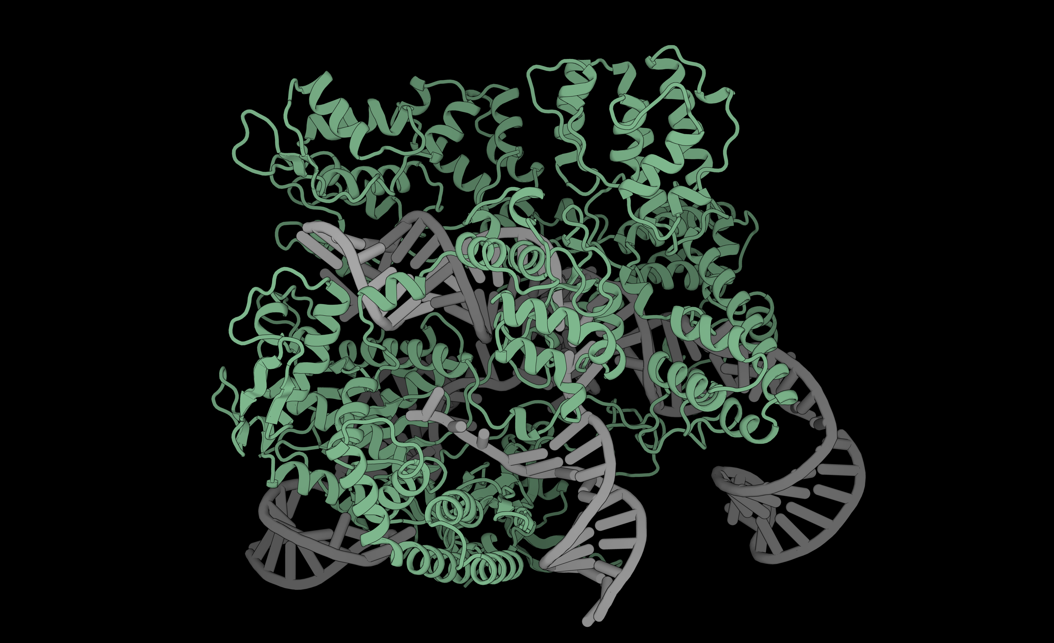As mosquitoes evolve resistance to insecticides and malaria parasites outsmart frontline drugs, public health tools are losing ground in the fight against one of humanity’s deadliest diseases.
In a study from Nature, researchers reported a powerful new genetic strategy to curb the spread of malaria: editing a single amino acid in mosquitoes that renders them unable to transmit the parasite. The system also includes a self-propagating “allelic-drive” to spread the resistance trait through wild mosquito populations.
The paper, “Driving a protective allele of the mosquito FREP1 gene to combat malaria,” introduces a third path in genetic malaria control—one that neither eliminates mosquitoes nor inserts foreign genes but instead reshapes mosquito populations from within.
“You could think of this [as] a third genetic strategy to combat malaria,” said author Ethan Bier, PhD, professor at University of California, San Diego. The two methods are either suppressing the mosquito population or modifying it to produce transmission-blocking antibodies, he continued. This new alternative simply restructures the existing population so that inherently refractory mosquitoes replace those that efficiently transmit malaria.
The new method targets a mosquito gene called FREP1, which helps the insect feed on blood but also serves as a key gateway for Plasmodium parasites to reach the mosquito’s salivary glands. By switching one amino acid in FREP1—from leucine (L224) to glutamine (Q224)—the researchers created a naturally occurring variant that effectively halts parasite transmission without affecting mosquito viability.
The idea that “changing a single amino acid…could render mosquitoes refractory to infection by malarial parasites” by enabling them to express transmission-blocking antibodies came as a real surprise, Bier told GEN. And the second surprise was that their “drive system was more efficient than predicted due to an effect wherein individuals that carry the gene cassette but not the preferred FREP1Q allele are dominantly eliminated as a byproduct of CRISPR activity.”
The “allelic-drive” system developed by Bier’s lab in collaboration with George Dimopoulos, PhD, at Johns Hopkins University, employs a CRISPR-Cas9–based gene-editing cassette. Unlike standard gene drives, which must remain embedded at the edited site, the allelic-drive’s components can be located elsewhere in the genome. This modular design allows for greater flexibility and, crucially, the ability to self-eliminate once its job is done.
That’s a key difference, Bier explained. “The gene cassette encoding the CRISPR components can be placed at a different genetic site than the one to be acted on, while the gene-drive must copy itself at the location at which it is inserted into the genome…For example, one can engineer the genetic system to disappear and just leave an altered population in which all individuals are inherently refractory to infection by malarial parasites. If one used a gene-drive expressing transmission-blocking antibodies, that genetic element would have to remain in the population in order to exert its effect.”
The team linked the guide RNA (gRNA) targeting the non-preferred FREP1-L224 allele directly to the preferred Q224 variant. This design ensures that the gRNA is never inherited separately from the desired protective allele, avoiding the risk of propagating unwanted mutations, Bier told GEN.

The most technically novel part was that linkage, Bier said. “If such a separation happened, there would be a possibility that the drive system could copy an undesired mutant version of the gene (generated during the drive process) as well as the preferred allele, which could reduce the effect of the drive. The system we developed could not do that, and no such unwanted mutant alleles accumulated during the drive process in our experiments.”
Tests in Anopheles stephensi, a major malaria vector in Asia, showed that the single amino acid switch blocked two parasite species from reaching the mosquito’s salivary glands. Importantly, the edited mosquitoes reproduced and developed normally.
“The beauty of this approach lies in leveraging a naturally occurring mosquito gene allele,” said Dimopoulos. “With a single, precise tweak, we’ve turned it into a powerful shield that blocks multiple malaria parasite species.”
While the FREP1Q-linked allelic-drive is not suitable for Aedes mosquitoes (which transmit dengue), the platform is broadly adaptable. “The system is broadly generalizable to any situation in which one can generate efficient gene-drives. The only requirement is that there are two functionally equivalent variants of [a] gene,” said Bier.
Looking forward, Bier envisions integrating this strategy with traditional public health interventions for maximum impact.
“We do not imagine that any genetic system would be a silver bullet,” he said. But combining suppression drives, modification drives, and allelic-drives with tools like bed nets, insecticides, and antiparasitic drugs could create a much more powerful system, he added. “One particularly attractive combination would be first to suppress mosquito populations and then modify the remaining few such that they can no longer transmit the parasite.”
The project also illustrates the power of interdisciplinary, international collaboration. Bier’s team worked closely with Dimopoulos’ lab, FREP1 biology experts at Johns Hopkins, and mathematical modelers from University of California, Berkeley, and the University of São Paulo.
“This breakthrough is the result of seamless teamwork and innovation across institutions,” said Dimopoulos. “Together, we’ve harnessed nature’s own genetic tools to turn mosquitoes into allies against malaria.”
The post Malaria Transmission Blocked by One-Amino-Acid Mosquito CRISPR Edit appeared first on GEN – Genetic Engineering and Biotechnology News.




